Islamic Elements
Key Elements of Islamic Architecture
Islamic architecture blends functionality with beauty, featuring arches, domes, courtyards, and intricate ornamentation like arabesque and calligraphy, creating timeless spaces of harmony and symbolism.

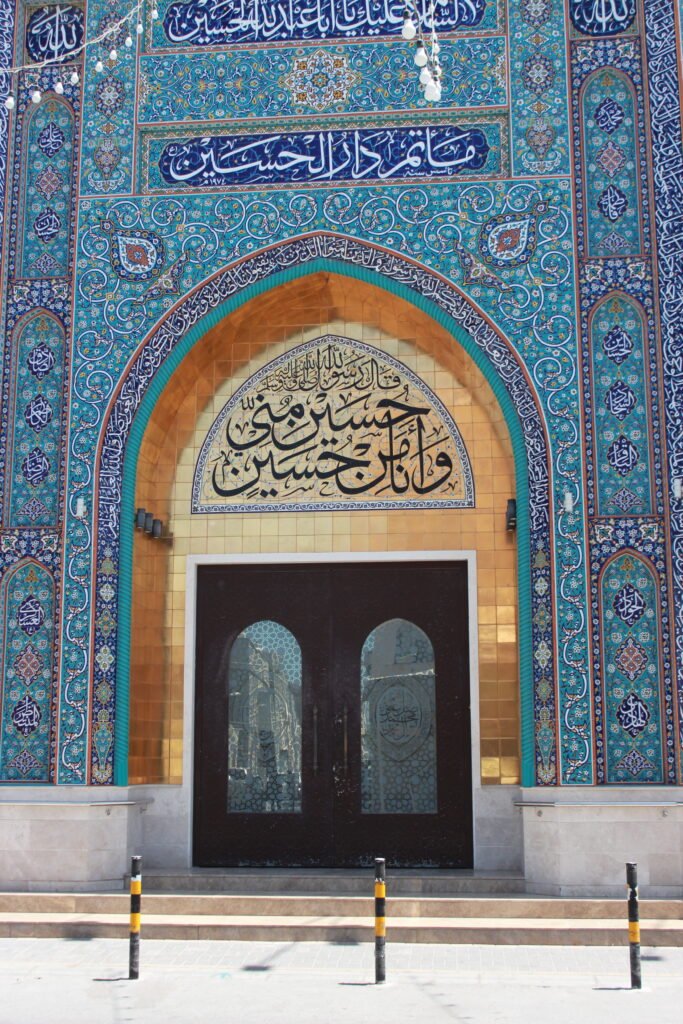
Iwan
The iwan, originally a pre-Islamic architectural feature, is a vaulted space open on one side, enclosed by three walls, and exposed to fresh air and natural light on the fourth side. It became a fundamental element in Islamic buildings, particularly in palaces, mosques, and madrasas.

Courtyard (Sahn)
An open space at the center of many buildings, such as mosques and traditional houses, providing ventilation and relaxation. The most famous example is the courtyard of the Kaaba. In the Levant, courtyards are often adorned with water basins, trees, and flowers.
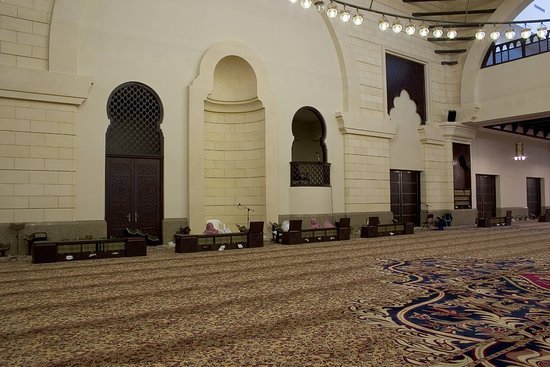
Mihrab
A recessed niche in the wall indicating the direction of the qibla (prayer direction). It serves as the imam’s prayer space in mosques, helping to organize prayer rows and providing additional space for worshippers.

Domes
Domes are a distinctive architectural feature in Islamic buildings, often semi-spherical and hollow inside. They are frequently adorned with decorative elements or Quranic inscriptions, especially in mosques.

Rawshan
A wooden or stone architectural projection extending outward from a building’s wall without connecting to another wall. It enhances ventilation and lighting and is often decorated or fitted with mashrabiya screens.

Arches
Islamic architecture features various arch types, including pointed, cusped, and broken arches, depending on the style. Pointed arches are common in grand mosques, such as the Sultan Hassan Mosque in Cairo.

Muqarnas
Muqarnas are decorative architectural elements resembling honeycomb structures. They are used to transition corners into circular forms to support domes and are also found in entrances and mosques.
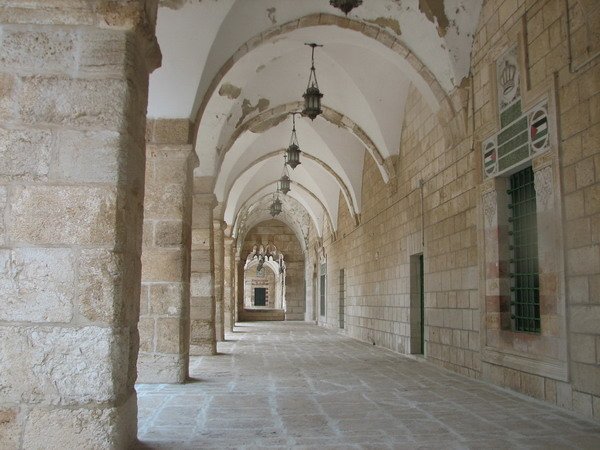
Riwaq (Arcade)
A covered walkway surrounding the courtyard of large buildings, such as mosques, providing shade for worshippers and travelers.

Ablaq & Mashhar
Ablaq refers to alternating stone colors in construction, typically black and white. Mashhar is a broader term, incorporating additional colors like red and yellow, used in walls and arches.

Arabesque
A type of Islamic ornamentation featuring interwoven floral and geometric patterns, characterized by endless repetition.
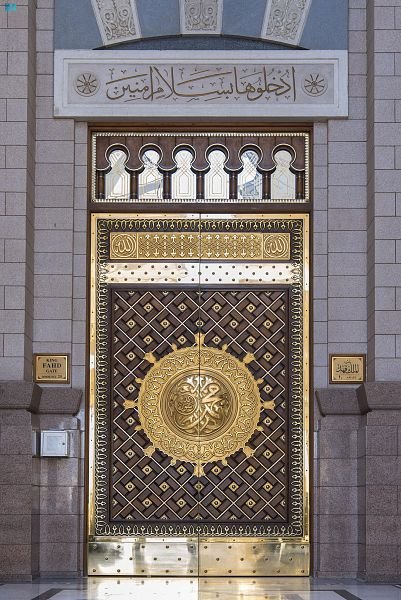
Entrance & Masonry
Islamic entrances often feature niches, balconies, and intricately carved wooden or copper-plated doors.

Geometric patterns
Composed of straight and curved lines, triangles, and squares.
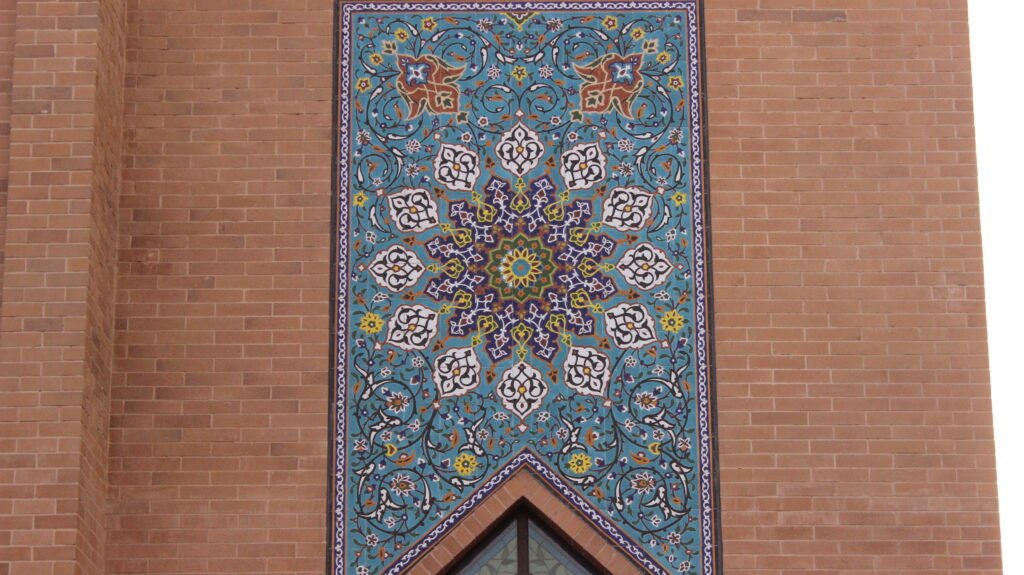
Floral motifs
Inspired by leaves, stems, and flowers.

Calligraphic designs
Based on Arabic script, such as Kufic and Diwani styles.

Architectural embellishments
Found in columns, minarets, and doors.
Units of Measurement in Islamic Architecture
Finger (Asba’)
~2.25 cm
Fathom (Ba’)
~2 m
Arab Mile
~ 2 km
Survey Cubit
~66.5 cm
Bareed Cubit
~23.04 km
Farsakh
~5.76 km
Palm (Qabda)
~9 cm
Qasabah
~3.84 m
